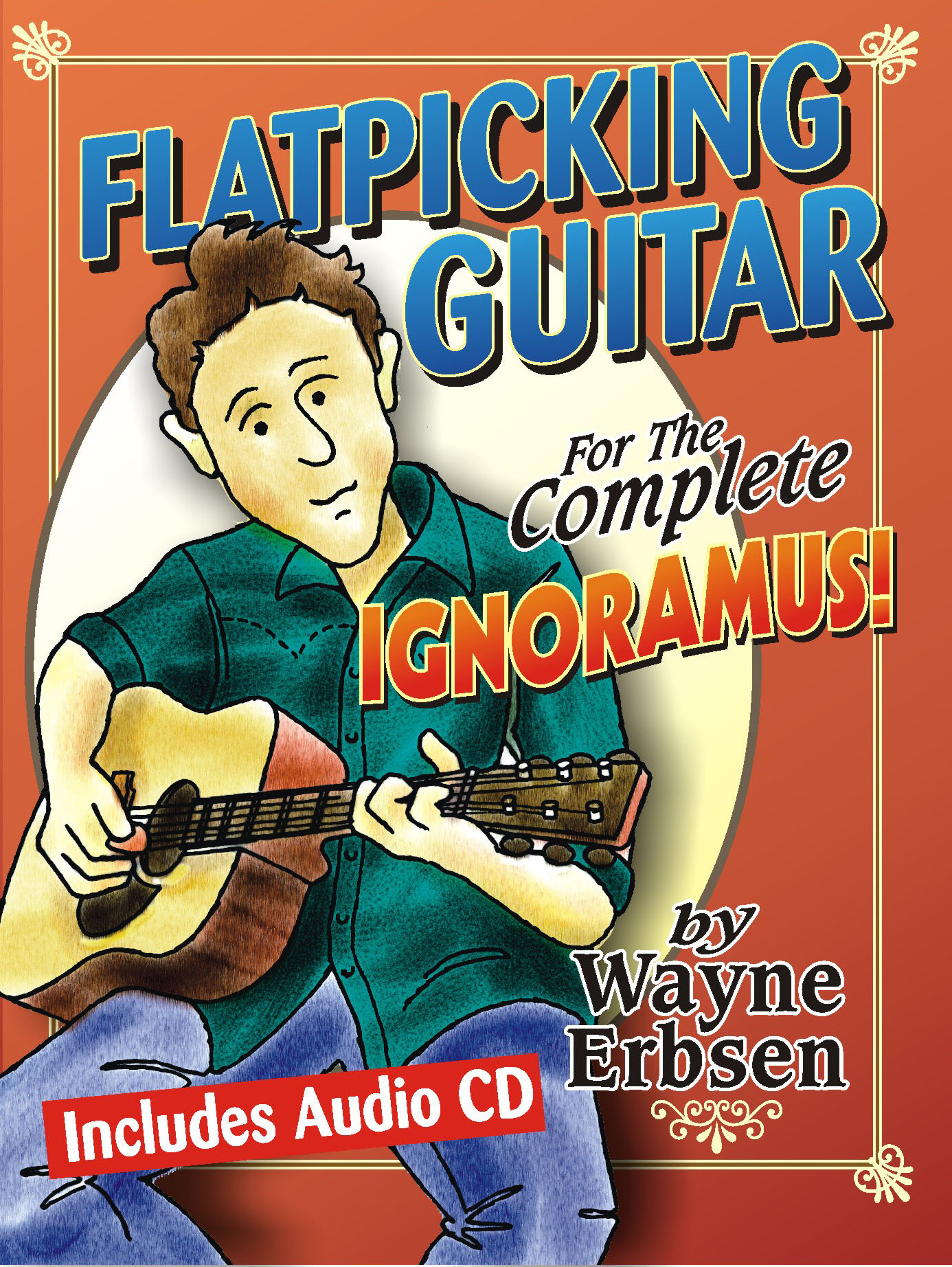By C.P. Heaton
North Carolina is banjo country. No other area has done more to nurture and preserve banjo traditions; no other area has had greater influence on banjo innovations. The colorful history of America’s favorite folk instrument is very nearly synonymous with the history of banjoists and the banjo in the Tar Heel state.
The American banjo is of diverse ancestry. Stringed instruments with skin heads and wooden shells are known to have existed nearly 4500 years ago in Egypt. Similar instruments have been used for hundreds of years in India, Burma, Siam, Arabia, Tibet, and the Celebes. 1




